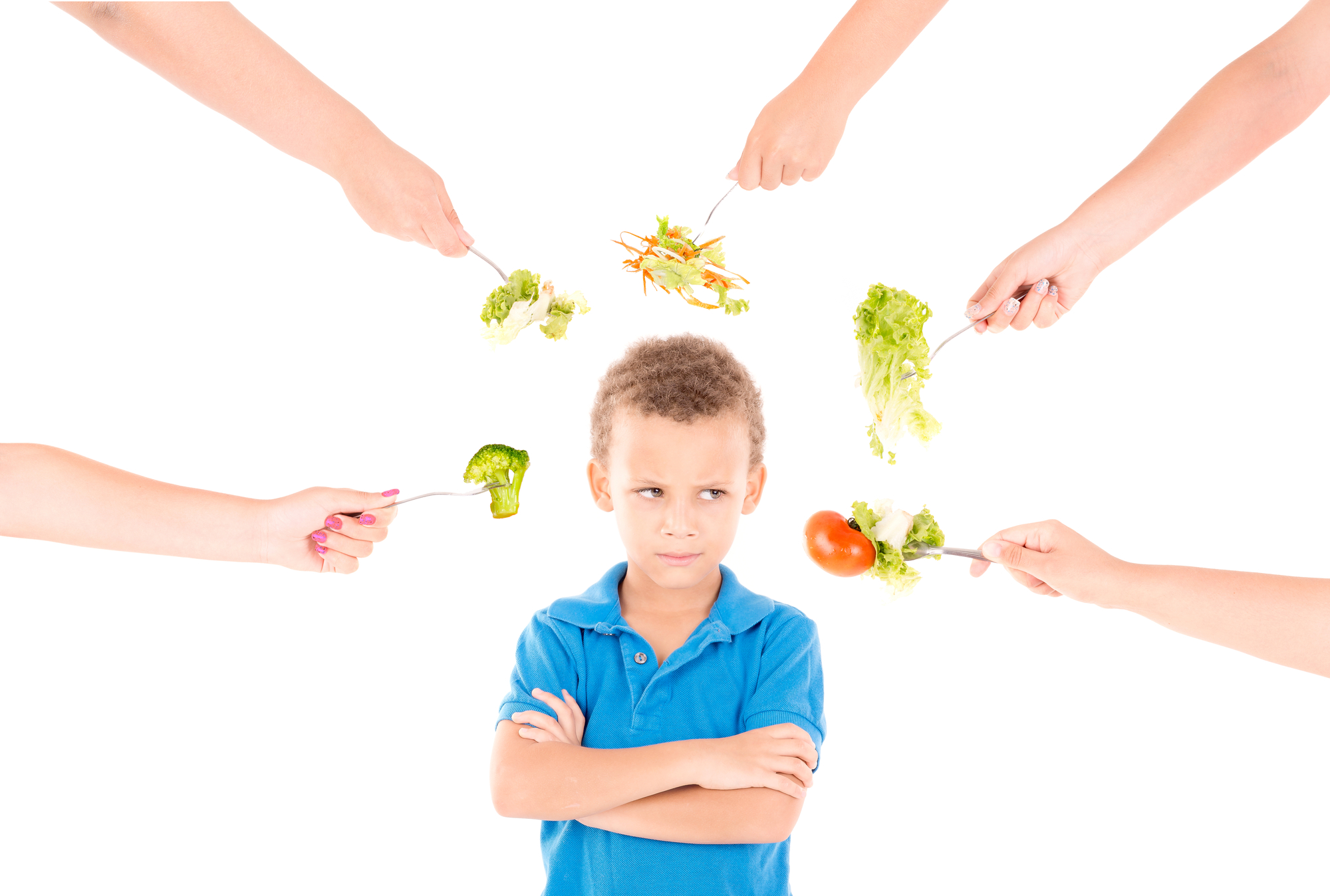So, how to get a child to eat when they refuse? Getting a child to eat when they refuse can be a challenging task for parents and caregivers. It is not uncommon for children to display selective eating habits or refuse certain foods altogether. However, ensuring that children receive proper nutrition is crucial for their growth and development. To navigate this situation, it is essential to approach it with patience, creativity, and a positive mindset. By implementing strategies that create a pleasant eating environment, offer a variety of nutritious options, and involve the child in the process, we can encourage them to develop healthy eating habits and overcome their refusal to eat.

Encouraging a child to eat when they refuse can be a challenging task for parents or caregivers. Here are 17 strategies you can try to help a child with their eating habits:
RELATED POST: 12 EASY SECRETS TO MEAL PREP AS A BUSY MOM
How to get a child to eat when they refuse
- Create a positive eating environment: Ensure that meal times are relaxed, pleasant, and free from distractions like TV or electronic devices.
- Stick to a routine: Establish regular meal and snack times to provide structure and familiarity.
- Offer a variety of foods: Present a range of nutritious options, including fruits, vegetables, whole grains, and proteins, to provide a balanced diet.
- Involve the child in meal planning: Let them occasionally choose or help prepare meals to increase their interest and engagement.
- Make food visually appealing: Use colorful plates, and interesting shapes, or arrange food in a fun way to make it more attractive to the child.
- Provide small portions: Start with small servings to avoid overwhelming the child and allow them to ask for more if they’re still hungry.
- Be a role model: Show enthusiasm for healthy eating yourself and let the child observe your positive eating habits.
- Offer dips or sauces: Sometimes, providing a dipping sauce like hummus, yogurt, or a healthy dressing can make vegetables or other foods more appealing.
- Incorporate favorite foods: Mix disliked foods with ones the child enjoys, gradually increasing the proportion of the disliked food over time.
- Encourage experimentation: Encourage the child to try small tastes of new or disliked foods, without pressuring them to eat an entire portion.
- Be patient: Understand that it may take multiple exposures to a food before a child develops a taste for it. Avoid forcing or pressuring the child to eat.
- Allow independence: Let the child feed themselves, even if it gets messy. It gives them a sense of control and can increase their interest in eating.
- Make mealtimes social: Eat together as a family and engage in pleasant conversation to create a positive atmosphere.
- Offer healthy snacks: If the child refuses a meal, offer a nutritious snack later to ensure they’re getting enough nutrients throughout the day.
- Use positive reinforcement: Praise the child when they make an effort to try new foods or eat a healthy meal.
- Avoid using food as a reward or punishment: This can create an unhealthy relationship with food. Instead, focus on promoting positive eating habits.
- Consult a healthcare professional: If the child consistently refuses to eat or their eating habits are causing concern, seek guidance from a pediatrician or a registered dietitian.
Remember that each child is unique, and it may take time to find the strategies that work best for them. Patience, consistency, and a positive approach are key when dealing with a child who refuses to eat





